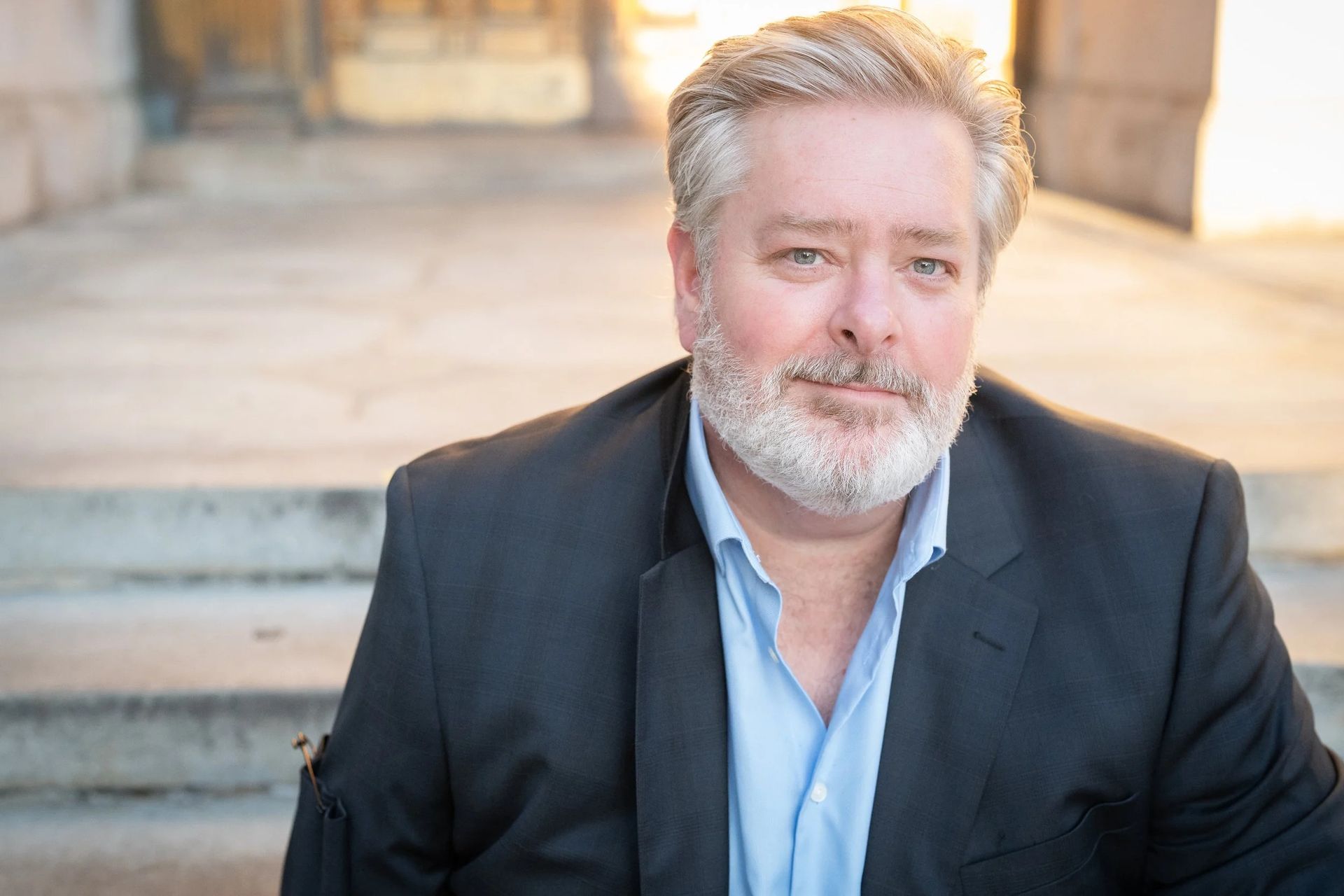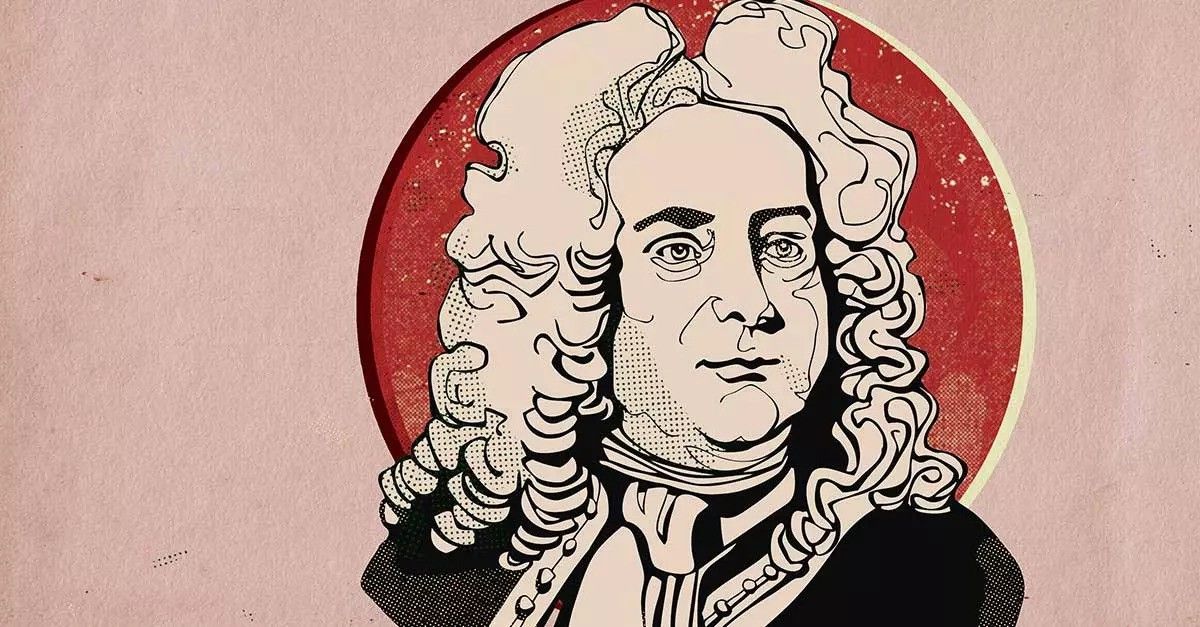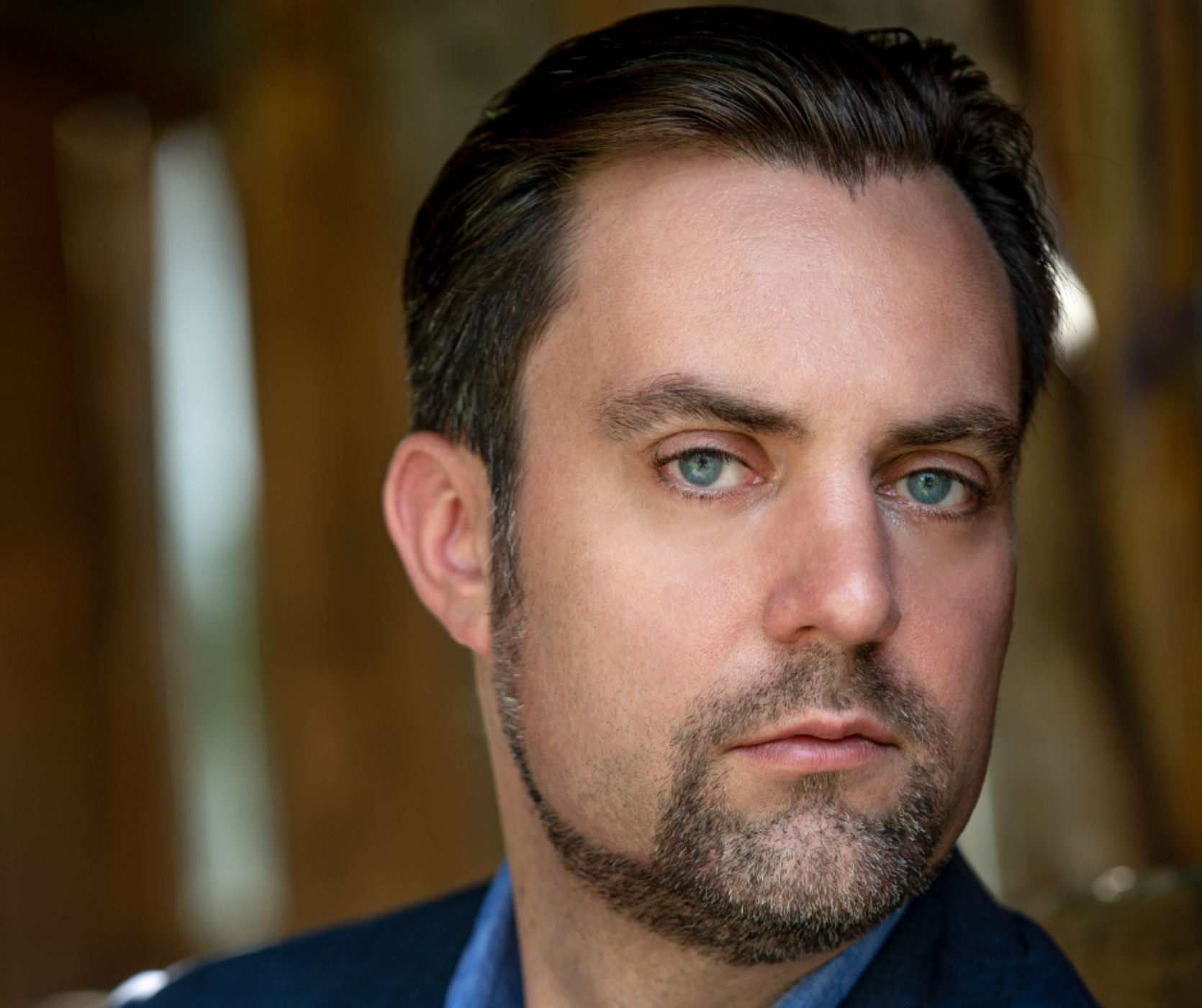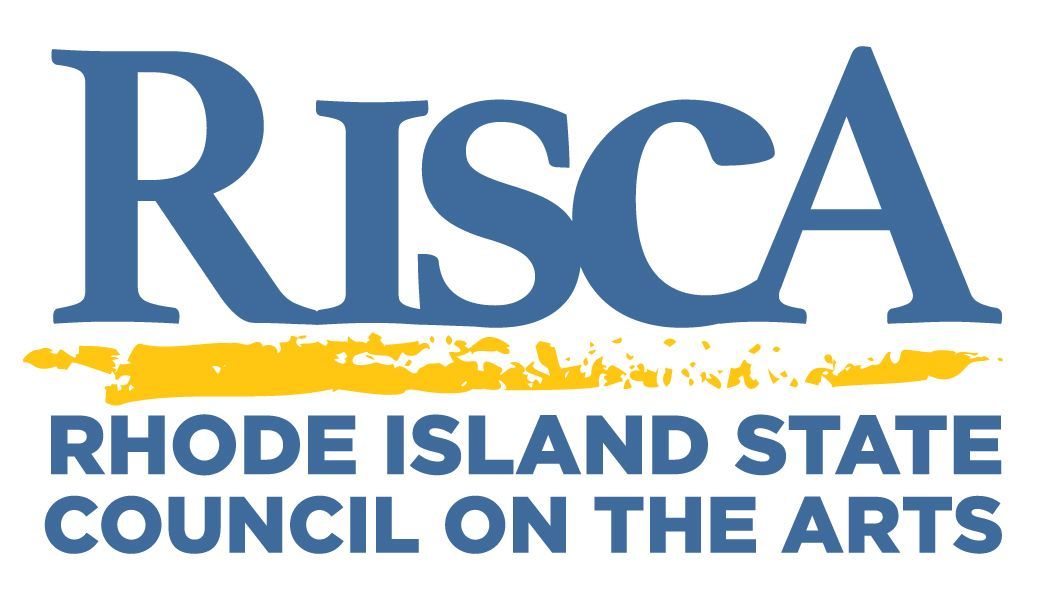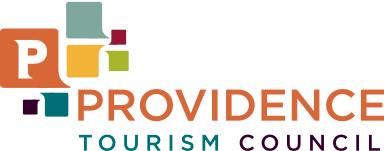THE STORY BEHIND: Tchaikovsky's Violin Concerto
Share
On February 25, Ruth Reinhardt and the Rhode Island Philharmonic Orchestra will present TCHAIKOVSKY VIOLIN CONCERTO with violinist Maria Ioudenitch.
THE STORY BEHIND:
Tchaikovsky's Violin Concerto
Title:
Violin Concerto, op.35, TH 59, D major
Composer:
Peter I. Tchaikovsky (1840-1893)
Last time performed by the Rhode Island Philharmonic:
Last performed September 16, 2017 with James Sommerville conducting and soloist Simone Porter. In addition to a solo violin, this piece is scored for two flutes, two oboes, two clarinets, two bassoons, four horns, two trumpets, timpani and strings.
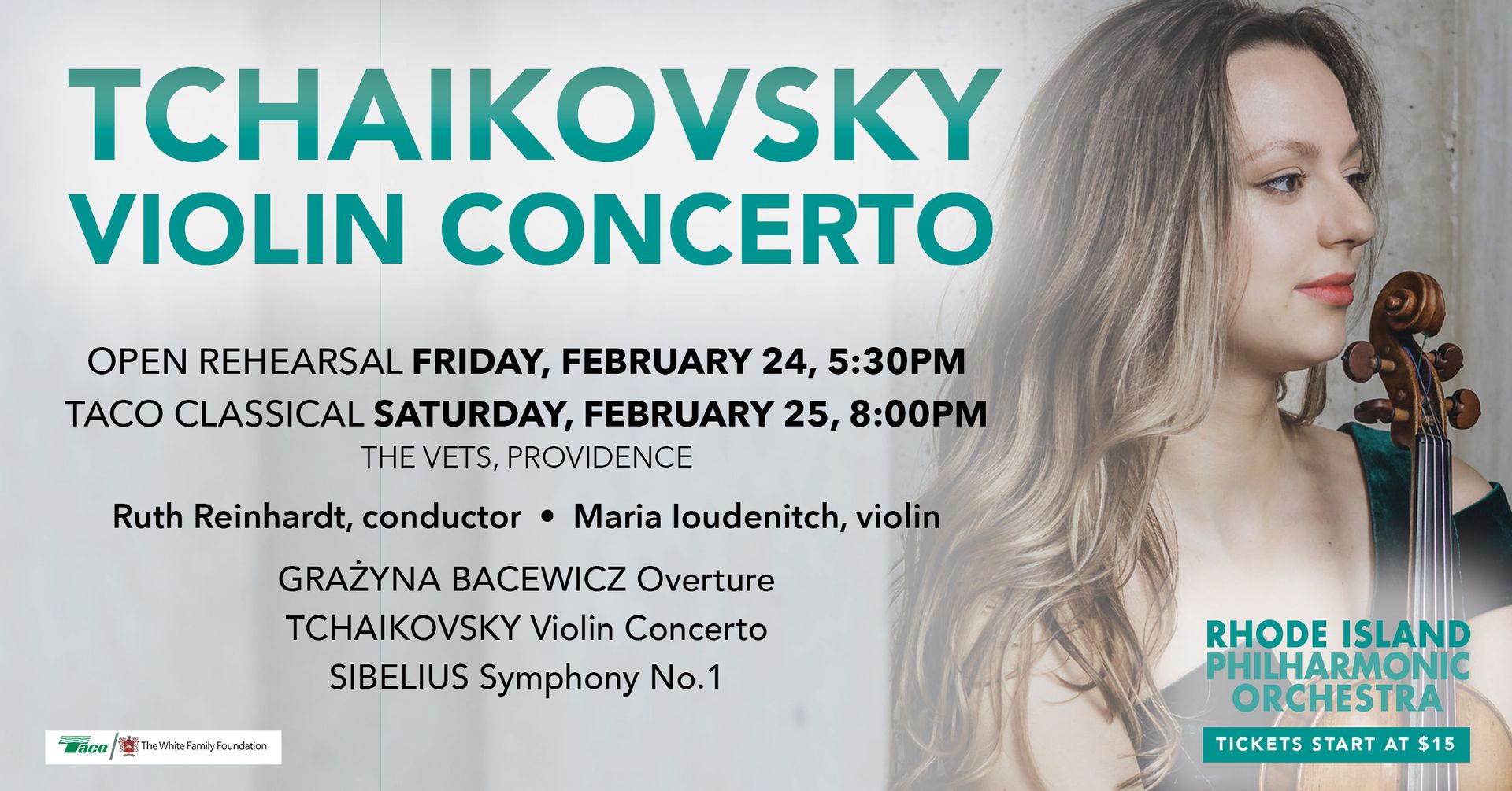
The Story: In certain ways, the year 1878 was one of the worst in the life of Peter I. Tchaikovsky, and in other ways, it was one of the best. The composer spent most of the year in Western Europe (notably Italy and Switzerland) recovering from a shattered marriage and a near breakdown. During January, he finished the depressive Fourth Symphony and soon afterward his operatic masterpiece,
Eugene Onegin. Tchaikovsky spent March and April in the Swiss resort town of Clarens, and it was there, in a sudden burst of inspiration, that he wrote one of the most brilliant and cheerful of all his works, the Violin Concerto. For a technical advisor, Tchaikovsky had Iosef Kotek, the young Russian violinist. Within 11 days, the composer had completed sketches for the concerto. In early April, he replaced the second movement with the present
Canzonetta and quickly scored the entire work.
Today, it seems incredible that people did not immediately take Tchaikovsky’s Violin Concerto to their hearts. Nadezhda von Meck, the composer’s patron and ardent admirer, previewed the work and found grievous faults in it. Tchaikovsky dedicated the concerto to Leopold Auer and asked him to play its premiere. However, Auer begged off on the excuse that the soloist’s part was awkward and too difficult to be worth the trouble. When violinist Adolf Brodsky played the premiere in Vienna that December, reviews in the press were scathing. Tchaikovsky was permanently wounded by the diatribe of Vienna’s most influential critic, Eduard Hanslick, who wrote, “Tchaikovsky’s Violin Concerto brings to us for the first time the horrid idea that there may be music that stinks in the ear.”
After a modest introduction, the first movement presents three ingratiating principal themes. The composer does not work much with these but rather writes music that drives toward the brilliant (unaccompanied) violin cadenza. A majestic reprise of the themes leads to an applause-stirring ending to the movement.
The
Canzonetta reveals what Tchaikovsky scholar David Brown terms “Tchaikovsky’s burning love of Russia” and his melancholy yearning to return there. This leads without a break to the final movement, which is even more recognizably Russian. The athletic opening theme is a
Trepak, a stamping Cossack dance. Continuing the national flavor, the second theme suggests a peasant or gypsy melody played to the droning accompaniment of bagpipes or a hurdy-gurdy. The third theme is more sentimental but is based on rhythms taken from the second theme. Early on, the violin has a short solo passage, and the rest of the movement exacts from the soloist both violinistic acrobatics and panache in performing style.
Program Notes by Dr. Michael Fink © 2023 ALL RIGHTS RESERVED
Tickets start at $15! Click HERE or call 401-248-7000 to purchase today!

